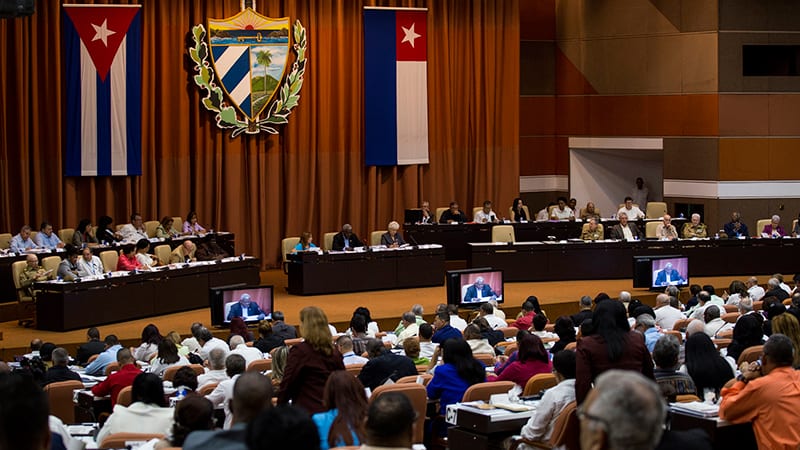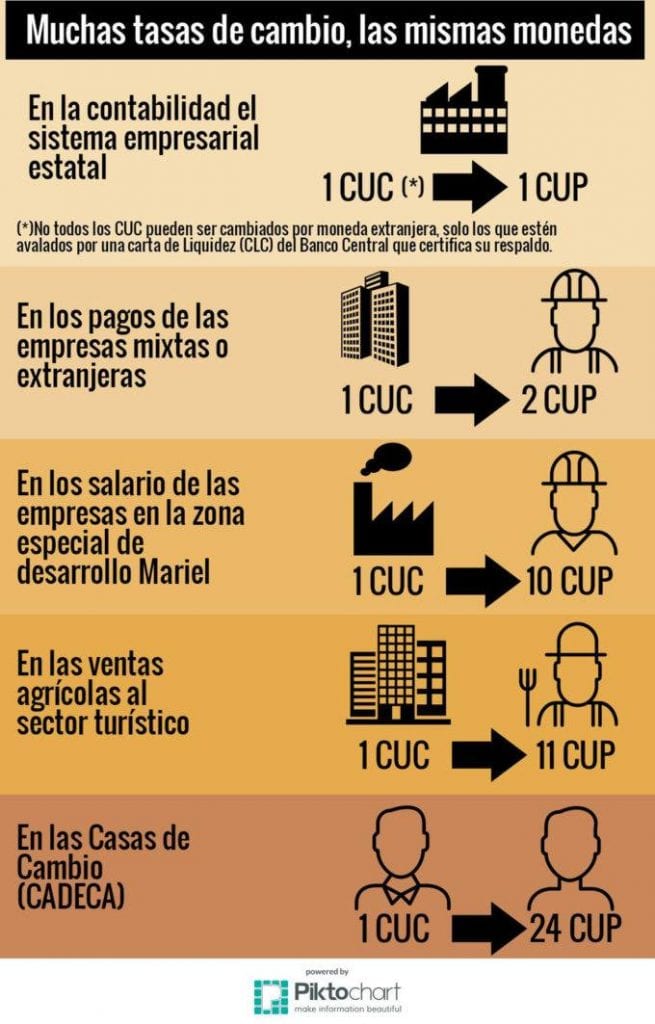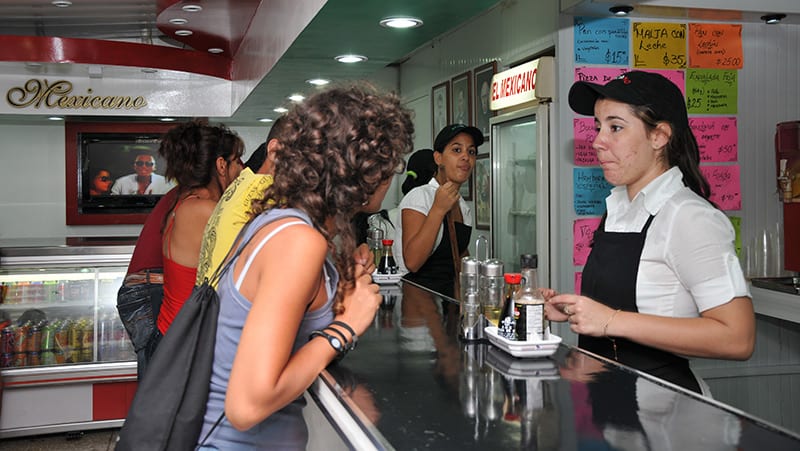Challenges for Cuba’s New President

HAVANA TIMES — Changes in the Cuban government are slated for 2018, although the President is the only one who is planned to be replaced. It is expected that the main figures in the Council of Ministers remain in their positions, at least for the time being.
The landscape in which the new leader will take the reins of power is one of a nation which is half-way across the river, with a reform process that is pretty much paralyzed and even moving backwards, apparently so the best route to the other shore can be studied again.
The country has great challenges ahead such as the dual currency system an
d its different exchange rates or the private sector coming to a standstill, with a self-employment that isn’t growing, cooperatives with the handbrake on and SMEs lost in oblivion.
The state-led economy isn’t doing any better, profitable companies don’t have access to their profits to reinvest them and grow because most of their earnings go towards financing inefficient companies instead, so as to prevent the latter from going bankrupt and the resulting unemployment of many.

Foreign investments get bogged down in bureaucracy where it takes years to get any single document, as if the country didn’t need this capital. At the rate things are going today, the Mariel duty-free zone will need a few centuries to fill its available land with companies.
Cubans, residents and emigres, continue to be banned from taking part in these investment opportunities in spite of experiences from other Socialist systems in China and Vietnam, where nationals at home and abroad played a key role in pushing progress forward.
Cuba’s financial relationship with Venezuela is on the decline. Caracas has given Cuba its share in the Cienfuegos oil refinery so as to pay off its debt, given the fall in its oil exports to Cuba which were used to pay for Cuban medical services in Venezuela.
Trump is tightening the noose around Cuba’s neck even more, making visa applications extremely difficult, refusing to provide consular services in Havana and putting a break on US tourism to the island by preventing individuals from traveling of their own accord. It’s a shot against the country’s most dynamic industry.
Chinese imports have fallen according to Cuba’s ability to pay. Russia’s geo-political interest in the island could open the door to a little bit of credit but this won’t be anything compared to what Cuba received from the USSR when it used to trade sugar for manufactured products.
Meanwhile, repayments on Cuba’s debt with the Paris Club is devouring nearly half of all the resources this country produces. They don’t show any mercy even when there has been a catastrophe such as Hurricane Irma which swept through the island. The creditors are demanding their money come rain or shine.

Cuba can only come out of this crisis by itself and it could start by making greater reforms so as to liberate its productive forces, trapped in a production relationship which cuts short the Cuban people’s abilities and opportunities.
It’s a complicated situation but there is a plan that dozens of experts have drawn out, which was approved by the Communist Party Congress, by parliament, the government as well as approved by millions in local gatherings.
The economy can only refloat by closing shortfall state-run companies and this is why having a private sector who can absorb more than one million unemployed workers is so important. Until this happens, the State’s profitable companies will continue to bleed dry because of the dual currency system and its exchange rates, which is already a disguised mechanism to help prevent loss-making companies from going bankrupt.

Some profitable companies, such as the telecommunications company ETECSA, contribute to the State 70% of its earnings and as a result, its ability to reinvest is minimal, it grows slowly, its technology is developed less and, therefore, its capacity to satisfy customers is extremely limited.
The reforms were conceived as a whole to be implemented at the same time. If the government wants them to produce the desired results they can’t be leave some of the gears out of sync or limit these businesses’ reach.
Financial reforms are like sex in that respect, once you start, the healthiest thing to do is to finish.

I hope there’s a happy ending to the economic massage in Cuba!
Ravsberg’s last paragraph does a disservice to the rest of the article. However, the article, itself, covers no new ground. Indeed, when a new President of Cuba is finally anointed by Raul, he or she will inherit countless challenges confronting the Cuban people. Ravsberg makes no mention of crumbling infrastructure, food and medicine shortages, electrical blackouts and record outmigration. Without the cache of the Castro name to quell ever-increasing public dissatisfaction, the next President will also face a political challenge heretofore not faced in Cuba for the last 59 years.